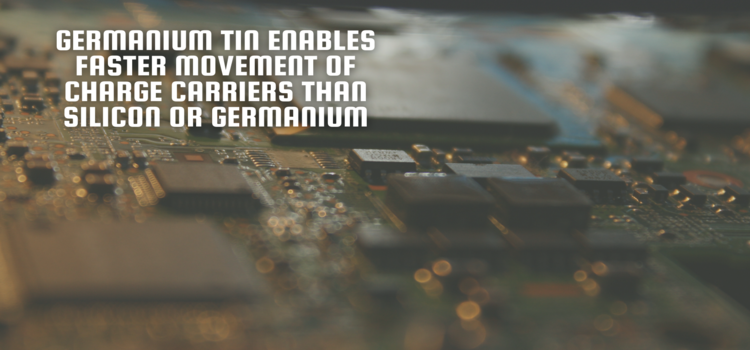According to researchers at CEA-Leti, germanium tin has the ability to facilitate faster movement of electrons and other charge carriers compared to silicon or germanium. This advantage allows for lower operation voltages and smaller footprints in vertical devices as opposed to planar ones.
The breakthrough proof-of-concept suggests that germanium tin-based vertical transistors hold great potential for future low-power, high-performance chips and even quantum computers. In fact, GeSn transistors demonstrate 2.5 times higher electron mobility than pure germanium transistors.
Additionally, this material can be easily integrated with the existing CMOS process for chip fabrication. Since germanium and tin are part of the same periodic table group as silicon, these transistors have the potential to be directly incorporated into conventional silicon chips using existing production lines. Notably, scientists from ForschungsZentrum Jülich (Germany), the University of Leeds (United Kingdom), IHP- Innovations for High Performance Microelectronics (Frankfurt (Oder), Germany), and RWTH Aachen University (Germany) were involved in this research.
